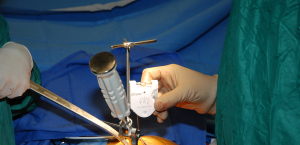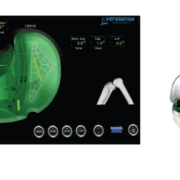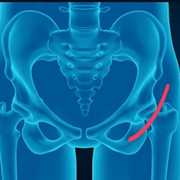There is a New Solution for Two Common Hip Replacement Surgery Complications
More than 400,000 total hip replacement surgeries are preformed in the United States each year. Because of advances in surgical instruments and techniques, total hip replacement is one of the most successful surgeries performed in modern medicine.
As with any surgery, there are risks. Two common complications continue to occur during hip replacement surgery include:
1. Occasionally, prosthetic hip joint will dislocate.
2. Both of the patient’s legs may not feel equal in length after surgery.
The Leone Center for Orthopedic Care recently teamed with Stryker® to develop a new tool and technique for orthopedic surgeons called the Pelvic Alignment Level, or PAL.

Studies have shown that when a patient’s artificial hip replacement components are aligned properly with his or her anatomy, the components may function longer in the body. The PAL enables surgeons to improve positioning and leg length while in the operating room.
The PAL (click this link for another view: PAL Image) has a sterile bubble level similar to what one might see used at a construction site. The bubble level attaches to a small pin, which is anchored into the pelvis. This allows the surgeon to easily see movement of the pelvis by looking at the bubble in the level and make necessary corrections.
The PAL and this technique have made a huge difference for my patients. It has eliminated some of the guess factor that surgeons must do regularly. It truly instills confidence during surgery, especially when patients are obese or have a congenital deformity or have had previous surgery.
We thank you for your readership. If you would like a personal consultation, please contact our office at 954-489-4575 or by email at LeoneCenter@Holy-cross.com.











